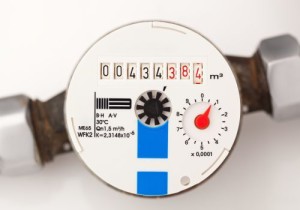
Checking for Leaks With Your Water Meter
Start by turning off your water. Make sure no water is being used inside or outside your home and that everyone in your home knows not to flush the toilet, run the washer, or do anything else using water.
Record the reading. You’ll need to open the lid to your water meter, but please use a screw driver or tool other than your fingers to pry it open, as potentially harmful animals and insects, like black widows, are known to hideout under the cover. Once you have accessed your meter, write down the current reading.
Wait at least 30 minutes, then check your meter again. If the meter reading has increased, you might have a leak.
How to Locate a Leak
A leak can be caused by any number of plumbing problems, so take a look the common culprits first:
- Check your toilets. Toilet leaks can be sneaky because you can’t always see visible water movement or hear them running. Use the dye test to confirm that they are sealed properly.
- Take a look at your faucets. A dripping kitchen sink is pretty easy to spot, but make sure to check all the faucets inside and outside your home. Pay special attention to outdoor faucets that may be obscured by bushes or other fixtures that can disguise a leak.
- Inspect your appliances. Look for standing water under and around appliances, such as water heaters, dishwashers, clothes washers, icemakers, etc.
- Spot check your yard. Take a walk around your property when the weather is dry, taking note of anywhere that the ground appears saturated or if you notice green patchy areas. Either of these could be be signs of broken underground pipes or faulty sprinkler parts.
- Examine your crawlspace. Leaks in the crawlspace can go unnoticed because pipes in the crawlspace are often buried underground or covered with plastic sheeting. Any wet or damp areas may indicate a leak.
